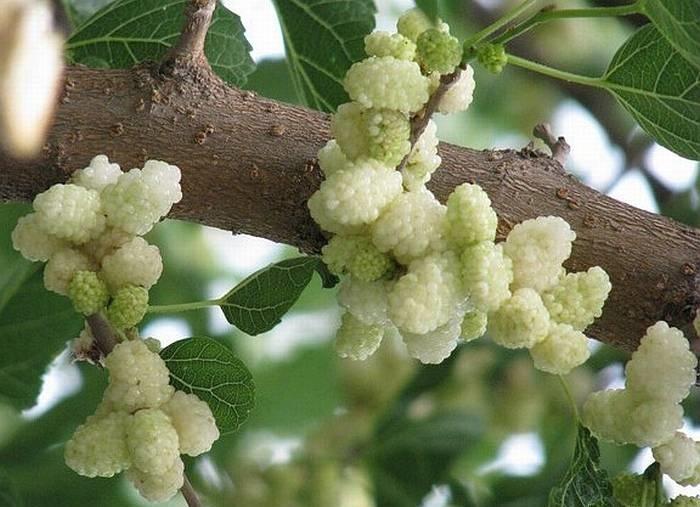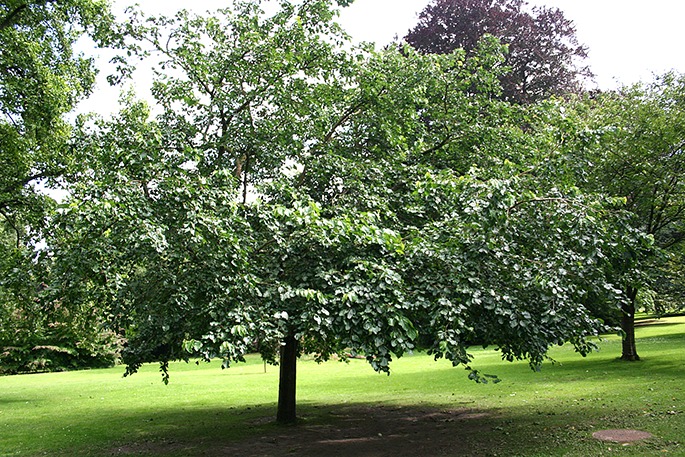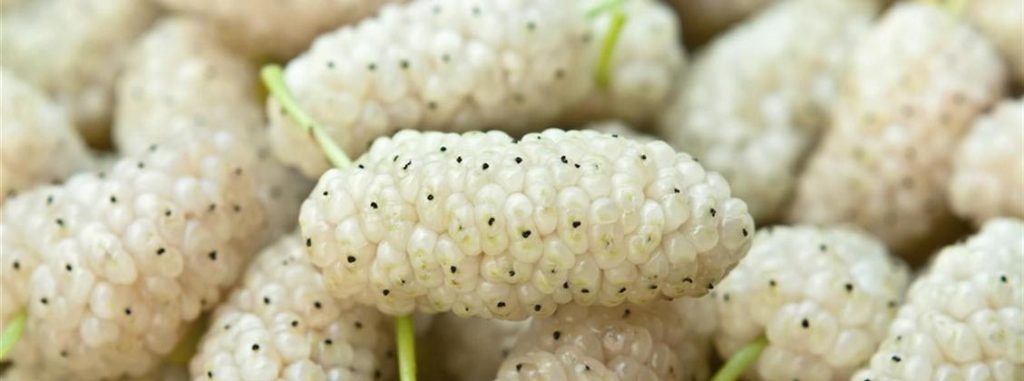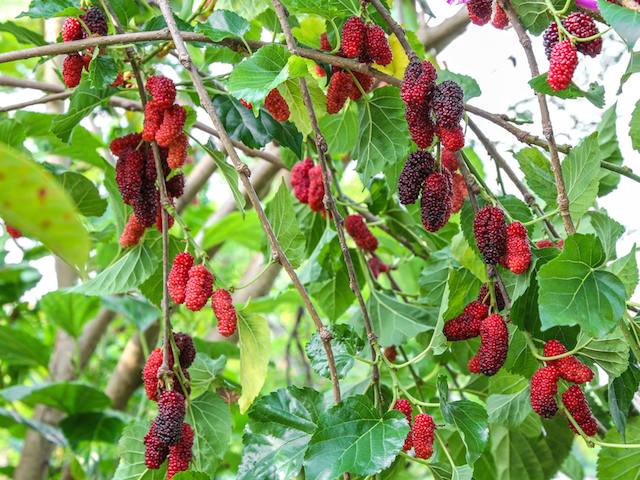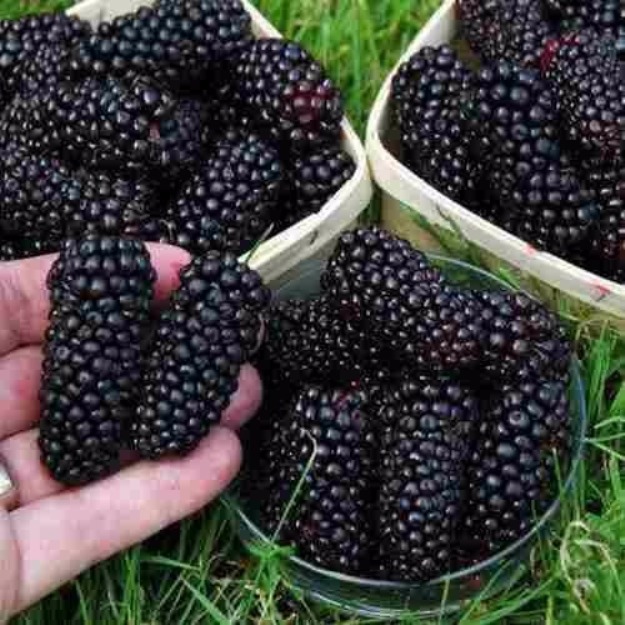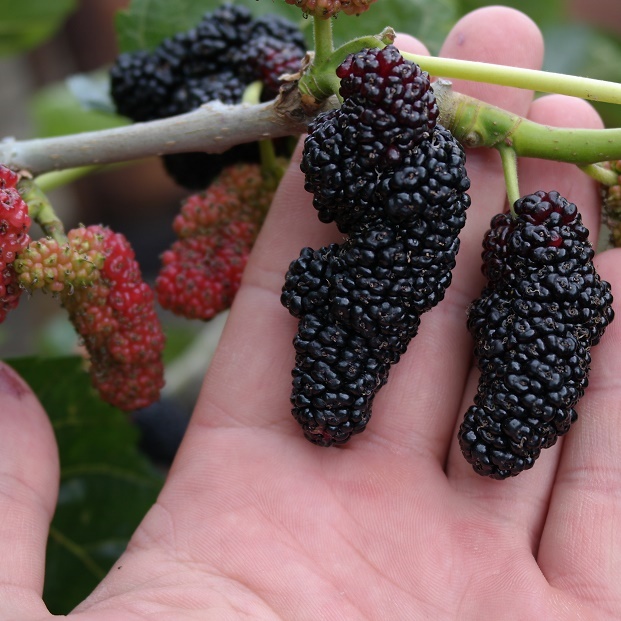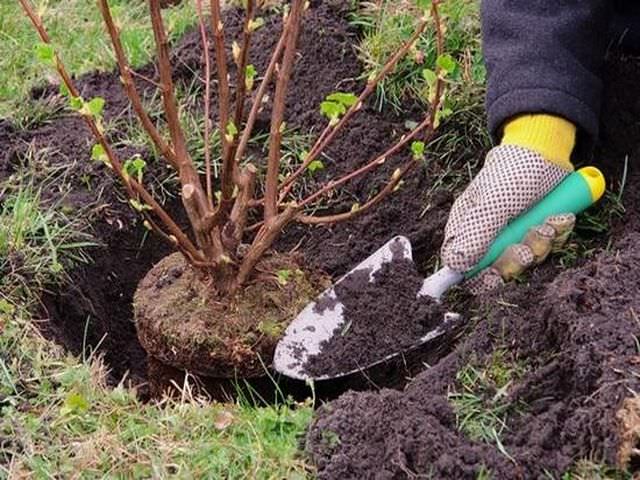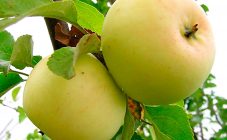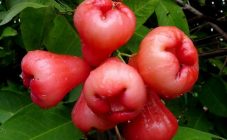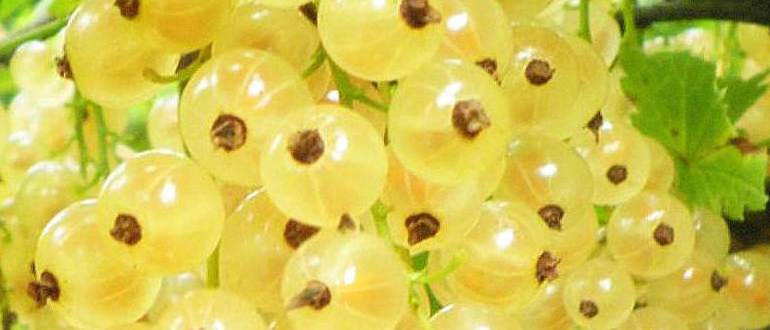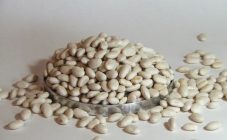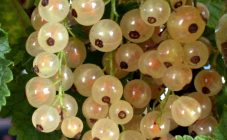Content:
What is mulberry? It is a deciduous tree from the Mulberry family. Mulberry or mulberry - how is it right? The people often call the tree mulberry or tyutina. The plant can grow successfully both in moderate climatic conditions and in the subtropics. Mulberry has gained wide popularity due to its juicy and very tasty berries. Modern designers quite often use wood in the decoration of the site, and the leaves serve as food for silkworms - well-known "producers" of silk.
Description and characteristics of culture
Deciduous tree has a spreading crown type. The mulberry-mulberry can grow up to 14-15 m. The maximum annual growth can be achieved at a young age. The mulberry tree is considered a long-liver and can grow for 250-500 years.
Young branches are covered with a dark brown smooth bark, which begins to crack and flake with age. The shoots are literally dotted with petioled foliage, which has an ovoid or heart-shaped shape. On the shiny surface of the foliage, you can see relief meshes with light veins. The edge of the mulberry leaves is serrated. The reverse side has a matte lighter shade. Mulberry leaves grow up to 14-15 cm in length.
The mulberry tree blooms in April, dissolving unremarkable and small buds with the presence of long stamens that gather in spikelets and become like hanging brushes. The mulberry tree can be:
- dioecious;
- monoecious.
Among the dioecious species can be found male, sterile and female.
The plant is pollinated with the help of wind and insects. Fruits of complex structure are tightly pressed against each other on small branches. The length of the fruit does not exceed 5 cm. The color of the berries can be:
- purple-black;
- red;
- creamy white.
The edible fruit has a sweet and sour taste and an amazing aroma. The size characteristics of the leaves may vary depending on climatic conditions and the level of soil fertility. Where the mulberry grows, novice gardeners are often interested. You can find mulberries in the Nizhny Novgorod, Saratov and Moscow regions. Mulberry grows remarkably in Central Russia and in the east of Russia.
Mulberry - what is it? These are soft, juicy and sweet fruits that will please everyone.
Popular varieties
Mulberry is a berry or fruit, often interested in inexperienced gardeners. Mulberry is a bright, juicy and unusually sweet berry. There are many varieties of mulberry. Each of them has special characteristics. Which variety is better to choose for planting depends on the goal that the summer resident pursues when planting a tree. What is the difference between the varieties can be seen from the characteristics of the mulberry varieties.
Mulberry Black Baroness
In this variety, fluffy inflorescences, which have a light green tint, are densely arranged in stripes during the flowering period and resemble the appearance of a spikelet. As it ripens, the berry acquires a red, and only then a black hue. Ripe fruits are endowed with a sweet, slightly sugary taste and a light pleasant aroma. The berries reach a length of 3.5 cm. The presentation remains no more than 10-12 hours. The berries ripen in late June - early July.The plant is hardy.
White honey mulberry
This is an early variety of mulberry, which ripens in early June. Caring for a plant does not require certain knowledge and skills. White honey mulberry is unpretentious and can grow in any soil. After planting a seedling, it must take 4 years to harvest the first crop.
White honey mulberry tree is different:
- fast growth;
- longevity (200-300 years);
- the ability to grow in any soil;
- drought resistant.
Smolensk pink mulberry
Pink Smolensk mulberry belongs to the early varieties. The berry has, as the name implies, a pink tint and a sweet (with a slight sourness) taste.
The male specimen of the variety is not capable of bearing fruit, but it pleases with amazingly bright flowering. This type of plant can be used for decorative purposes to form a hedge or alley.
Shelley variety
This variety is distinguished by large berries, their length reaches 5.5 cm in length. This kind of sweet mulberry tree was brought out by breeders from Ukraine. What does Shelley mulberry look like? Large foliage abundantly dot the branches; during flowering, a large number of inflorescences can be observed on the tree. How does this mulberry bloom? Beautiful large pink flowers that look like apple blossoms.
Mulberry Darkie
The mulberry variety Smuglyanka is distinguished by juicy fruits, slight sourness and lack of sugary taste. Black berries grow large. They can keep their presentation for 18 hours. This mulberry tree can often be found in the Leningrad and Moscow regions. No description can capture the beauty of the tree during flowering and when it begins to bear fruit.
Mulberry Black Prince
The Black Prince is a self-fertile, winter-hardy mulberry variety. The black mulberry berry has a sweet taste and bright aroma. The variety perfectly tolerates long-term transportation and retains its taste characteristics, appearance, and beneficial properties.
The main advantages of the Black Prince bush variety include:
- no need for complex care;
- frost resistance;
- ability to withstand dry periods;
- the presence of a pleasant honey taste;
- long storage period for berries;
- large size of juicy fruits.
Ukrainian-6
The mulberry variety Ukrainskaya-6 differs from other species by its long-term preservation of its presentation. It is valued for its juicy, honey-like healthy fruits, and is also used for decorative purposes to decorate the garden area. When does mulberry ripen? The first berries can be enjoyed at the end of June. The tree during the flowering period will become a real decoration of the site.
Features of planting and care
In fact, there is nothing difficult in growing this crop. Everything is standard:
Boarding time
Experts recommend planting seedlings at the end of September. This will allow the young tree to have time to adapt to a new place and start active growth after winter. If you still need to plant trees in the spring, it is better to choose a period before the start of sap flow. When buying seedlings in a nursery, you should give preference to a tree whose age has reached 4 years. At the beginning of fruiting, you can simply distinguish the male from the female.
Mulberry is considered a heat-loving plant that requires ample light. The mulberry tree should be carefully protected from cold draft. The soil for planting must be loose and fertile.
Planting stages
- 21 days before planting, you need to dig a hole, the depth and width of which is 45-50 cm. It is better to choose the far western corner of the site for these purposes.
- The soil is fertilized with rotted manure or compost with the addition of superphosphate.
- Soil is poured onto the fertilizer layer, which will help to avoid burning the roots.
- Next, the seedling is placed in a hole and covered with earth, slightly tamping it.
- Having planted a tree, you need to fill the soil around the trunk with 2 buckets of water and mulch the surface. If the seedling is young and thin, it also needs to be tied up.
In the future, it is recommended to systematically loosen the soil, water and fertilize it. Trees should be flooded abundantly during flowering and fruiting periods. However, if the soil is waterlogged, this will negatively affect the fruits, which will become excessively watery. From mid-July, plants should be watered only in case of drought.
The soil around the trunk should always be loose (to the depth of a shovel bayonet). Weeds are removed as they grow.
Experts also recommend pruning mulberries. In the spring months, frozen and broken branches are removed. Pruning is also needed to form a suitable crown to make it easier to pick berries. Mulberry tolerates the procedure remarkably and begins to recover quickly. That is why you can delete all unnecessary branches without regret. Crohn periodically should be thinned out in order to rejuvenate. 2 parts of old branches and a third part of young shoots must be completely removed. During autumn pruning, dead wood, old and diseased branches must be removed. You can also remove young, unripe shoots.
That's all about the main events. As you can see from all of the above, caring for a mulberry tree is not difficult, but you should not ignore the main recommendations of specialists.
Diseases and pests
Mulberry is a tree that can withstand many ailments. However, if you plant a seedling in a damp place, the mulberry tree may suffer from:
- powdery mildew;
- brown spot;
- bacteriosis;
- small-leaved curl.
You can get rid of the listed ailments by treating the plant with fungicidal agents:
- silite;
- copper sulfate;
- cytoflavin.
The mulberry tree needs systematic protection that will help to cope with pests:
- mulberry moth;
- a comstock worm;
- a crunch;
- wireworm;
- bear;
- spider mite.
Also, treatment with special preparations will avoid the development of such ailments in tyutina or mulberry, such as:
- cylindrosporiasis;
- verticillary wilting;
- root rot.
To protect the plantations, belts made of corrugated paper should be hung on the tree trunks. Its width should be within 22-25 cm. The outer side of the corrugated belt is treated with an adhesive substance - entomological glue or petroleum jelly. It is best to place the belt at a height of 30-35 cm from the ground. Corrugated paper is tied with twine from below and from above. The caught caterpillars are shaken off and destroyed. Also, under the trunks of trees, the soil should be systematically dug up.
If fodder mulberry is intended for cutting branches for animals (rabbits, for example), it is forbidden to spray it with chemicals. When the purpose of growing a mulberry tree becomes fruit, the tree can be treated with such biological preparations as:
- gaupsin;
- lepidocide;
- bitoxibacil.
For every 10 liters of clean water, 50 ml of the selected product will be required (5 ml is required for 1 liter). You can check other drug names at any gardening store.
If you grow mulberries, following the recommendations of experts, you can not only make the tree a decoration of the site, but also get a hefty harvest of honey berries. It is very important to spray trees in a timely manner in order to avoid the occurrence of this or that ailment and save the plantations from pests. The main advantage of the plant is that the fruits are beneficial, and the cultivation of seedlings is not a difficult and rather interesting process. Honey mulberries can be used to make jams and cover jams.It is very useful to use it fresh, since the berries are endowed with a healing effect. The only contraindication for the use of berries may be the individual intolerance of the mulberry tree, but these are isolated cases.
Every gardener can try to plant a couple of seedlings on the site, for example, white and black mulberries. The plant will perfectly take root in almost any region and will delight even residents of Siberia and the north-western regions with a harvest.
